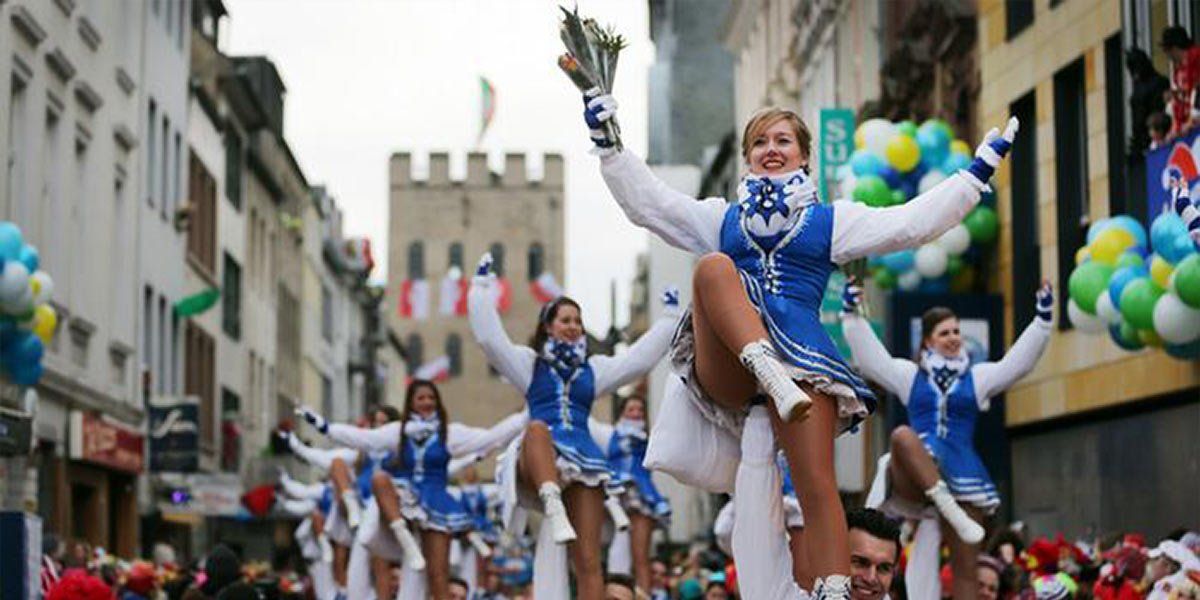
Carnival, Fasching or Fasnacht – It all ends on Ash Wednesday
Did you know that Germany has a fifth season? It ended last night on the stroke of midnight. No, it’s not Oktoberfest although eating and drinking certainly play a major role.
That fifth season is Carnival (Karneval, Fasnacht or Fasching), a time of celebrations, merry-making and frolicking. Customs and traditions vary from region to region, and country to country, as do the names, but parties, costumes and masks are a vital part of the celebrations in all the German-speaking nations. The various and diverse festivities are mostly concentrated in the Catholic regions where the weeks and days before Lent offered an opportunity to live it up.
There are essentially two main Carnival variations: the Rhenish Carnival in the western part of Germany, especially in Düsseldorf, Cologne, and Mainz; and the Alemannic or Swabian Fasnacht in southwestern Germany, Alsace in France, Switzerland, and western Austria. Officially, carnival starts on Nov. 11 at 11:11 am, but the festivals, parties and balls usually take place in the final two weeks of Carnival. The parades however are on the Monday and Tuesday before Ash Wednesday, Rosenmontag and Faschingsdienstag, Rose Monday and Fat Tuesday – or Mardi Gras in Louisiana. In Austria, carnival coincides with ball season, and there are a number of elaborate balls at various venues throughout Vienna and other cities. The most famous one is perhaps the Vienna Opera Ball, an extravagant society spectacle that attracts 5,000 visitors and millions of TV viewers.
Modern-day carnival in western Germany has its beginnings in the early 19th century during the French Napoleonic occupation of the Rhine region – hence the uniforms and tricorn hats that are often seen at formal parades – when the season was used for mocking the French officers and soldiers. The tradition of poking fun at and criticizing political and public figures is still very much alive, and the parades feature floats that pull no punches. In the southern and Alemannic tradition, it’s all about masks, which can be beautiful, funny or even frightening to scare away bad spirits, but they are always elaborate and often handcrafted.
While costumes and parades may be more recent inventions, the tradition of rich food is much older. Faschingskrapfen, a type of donut filled with jam and dusted with sugar, as well as other baked goods have been around since the 13th century. Genuine Krapfen are hard to get in the U.S., but with a little ingenuity, elbow grease, and the right ingredients you can make them yourself. Try your hand at one of these recipes: Faschingskrapfen 1 or Faschingskrapfen 2
For now, it’s all over, but the fifth season will start anew come November. In the meantime, take a look at these German Carnival impressions.